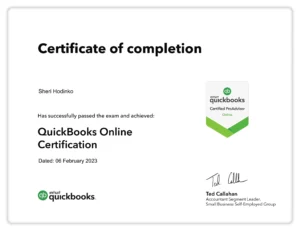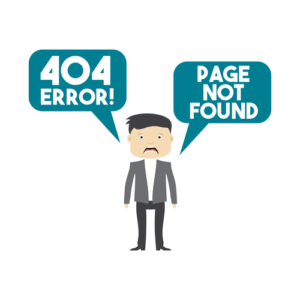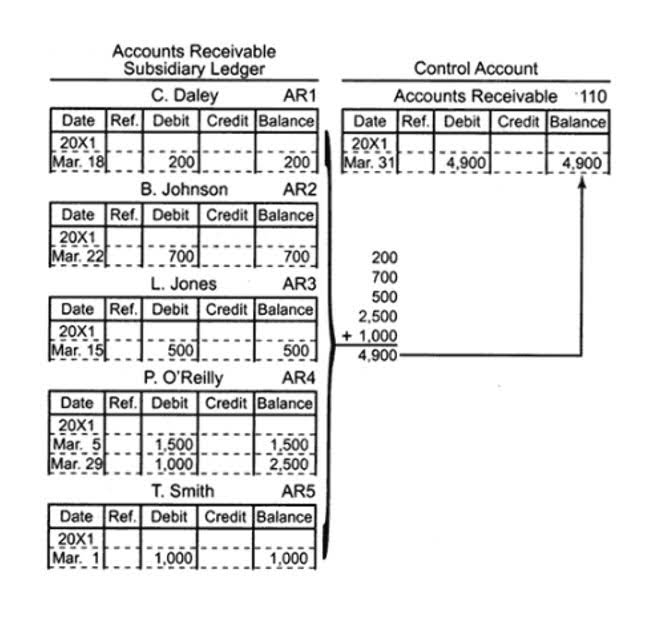Bookkeeping
What Is a Budget Report? Purpose, Components & Benefits

Nonetheless, it’s essential to follow certain steps to avoid missing critical data. It is important to regularly review and update your budget report to ensure that it remains accurate and relevant. This will help you make informed decisions and adjust your financial strategy as needed.

Favorable vs. Unfavorable Budget Variances

Finally, you should practice and rehearse your budget report presentation before you deliver it to your senior management or clients. You should check your report for accuracy, clarity, and completeness, and make sure it is free of errors, inconsistencies, or gaps. You should also practice your verbal and nonverbal communication skills, such as your tone, pace, volume, eye contact, and gestures. You should rehearse your presentation in front of a mirror, a colleague, or a friend, and ask for feedback and suggestions. You should also anticipate and prepare for possible questions, objections, or scenarios that may arise during your presentation.
Types of Budgets
- Different audiences may have different levels of interest, expertise, and authority over the budget.
- You also need to communicate and coordinate with your budget team, your stakeholders, and your auditors, to ensure that they are aware of and agree with your actions or adjustments.
- This is the process of sharing and discussing your budget report with your stakeholders, such as your managers, clients, investors, or partners.
- First, managers can correct problems occurring in the business to make the performance more inline with the financial goals in the budget.
- Once you have defined your budget objectives and priorities, you need to estimate your income and expenses for the next period.
- In conclusion, budget reports are an essential tool for any business looking to improve its financial management and decision-making processes.
This is why we suggest implementing a SaaS management tool to manage your subscription spending. That way, you can perform regular audits of SaaS subscriptions and usage to optimize software investments and detect hidden costs. Thus, software spending is growing in many companies, becoming the second largest expenditure. This makes it essential for companies to monitor their subscriptions and evaluate their software needs carefully.

Budgeting & Forecasting
- Next, analyze the data to identify significant differences between budgeted and actual figures.
- Thus, the finance team can hone their skills in strategic analysis and planning instead of manual, time-consuming tasks.
- Since each department has its own priorities and goals, budget allocation will vary from one another.
- The executives may provide some input, but they more or less take the recommendations as given by department managers and other employees (within reason, of course).
- This compares actual financial results to the budgeted amounts, and can help you identify areas where your business is performing better or worse than expected.
This informs the cash budget, which lets a company know if it has enough cash to deal with the inflow and outflow required by its operational needs. One benefit is that the budget report is able to show you possible threats that can negatively impact your company or project. Therefore, you have time to respond to them before they can derail your work. If you see that there are issues, then you can change your schedule or scope of work to keep the budget and stay on track. Another purpose of running a budget report is to set clear expectations and parameters for your teams. It’s more likely that they’ll spend according to the budget if they understand what that budget is and how their spending impacts it.
Improving the functionality, efficiency, and accuracy of your budgeting and forecasting requires an overhaul of some core processes. Simply put, they allow you to set up budgets that support particular goals, such as increasing conversion rates of your company’s service. The challenges above suggest that budgeting practices need to be supported by detailed documentation and smooth communication across departments.
- From there, select the title, project status and the columns you want to include in the report.
- Cash flow is a measure of the inflow and outflow of cash over a given period of time.
- All in all, if actual and projected spending doesn’t differ much, budgetary control should be simple to do.
- An example budget report typically follows the same formatting as an income statement.
Budget variances can indicate a department’s or company’s degree of efficiency since they emerge from a comparison of what was with what should have been. The performance report shows the budget variance for each line item. We’re preparing this performance report on a summary basis for an entire year, but a company might prepare this kind of report using more detail and presenting it on a monthly basis.
Best Spend Management Software Solutions for 2024
A cash-flow budget helps managers determine the amount of cash being generated by a company during a specific period. The inflows and outflows of cash for a company are important because expenses need to be paid on time from the cash generated. For example, monitoring the collection of accounts receivables, which is money owed by customers, can help companies forecast the cash due in a particular period. explain why different budget report formats are useful. You need to provide actionable recommendations that address the issues or opportunities that you identified in your analysis. Your recommendations should be specific, realistic, and measurable, and should align with your objectives and strategy. You should also indicate the expected outcomes, benefits, and costs of your recommendations, and the steps or resources required to implement them.


